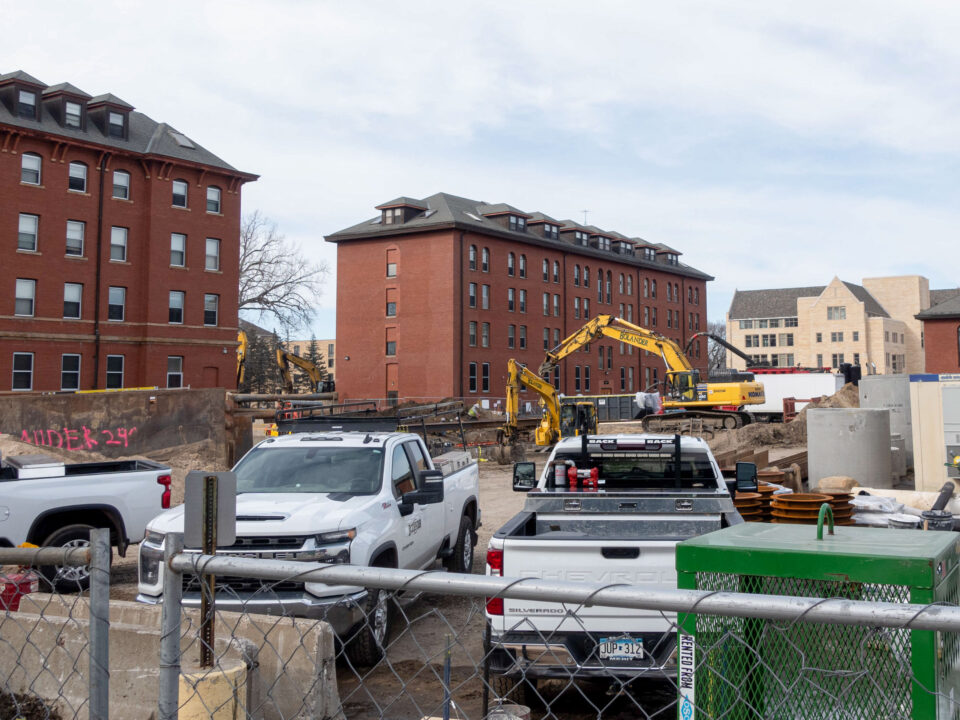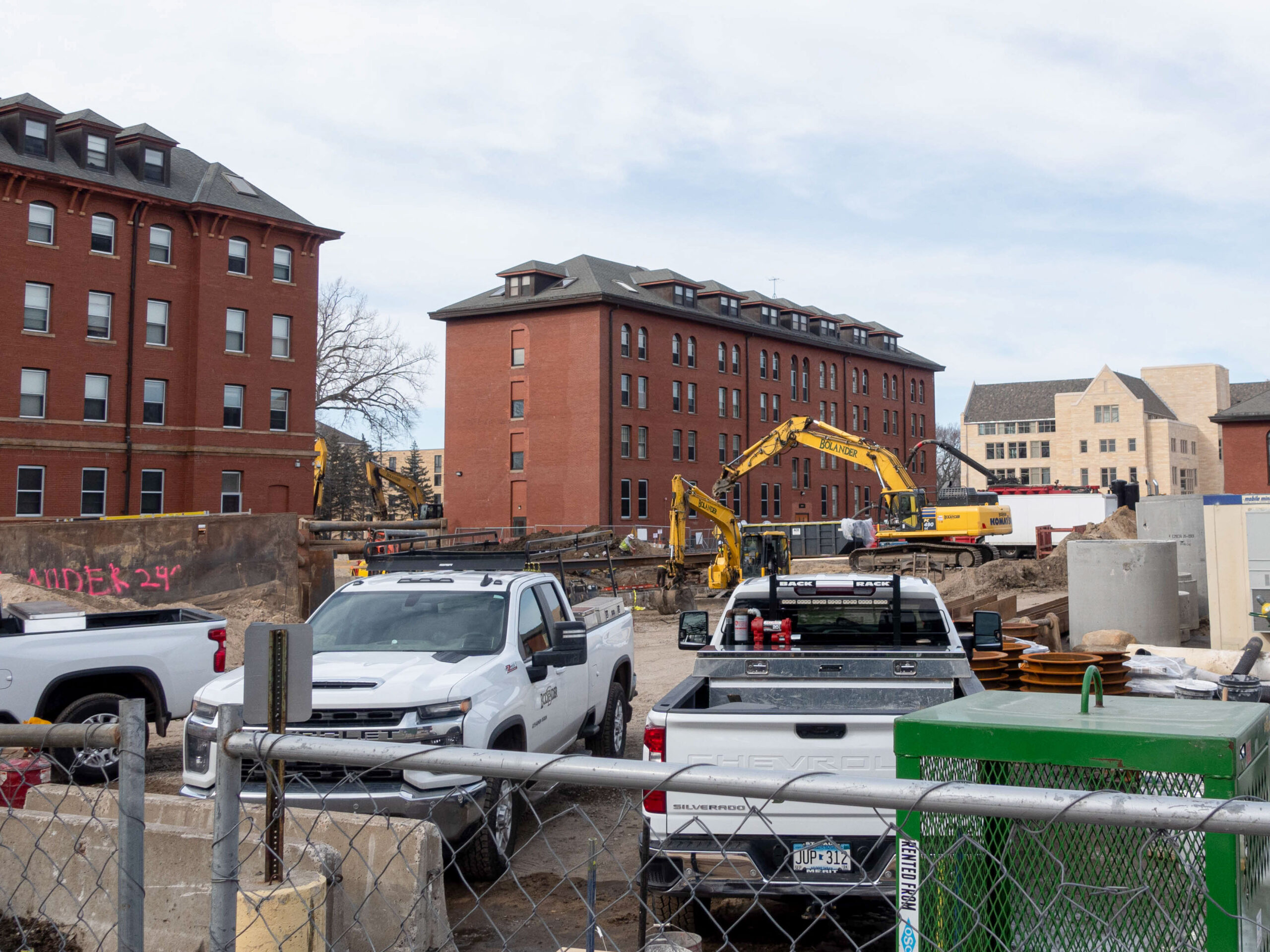
The Minnesota Court of Appeals heard oral arguments Thursday regarding the St. Paul City Council’s decision to not require an Environmental Impact Statement for the construction of the Lee and Penny Anderson Arena.
The Advocates for Responsible Development — a group concerned with the impact the arena will have on both the environment and residents in the area surrounding St. Thomas — filed a petition with the Minnesota Court of Appeals against the University of St. Thomas on Nov. 1, 2023.
The City of St. Paul, represented by Daniel Stahley, and the University of St. Thomas, represented by Elizabeth Schmiesing, countered the ARD’s argument by assuring the court that the city council’s decision to not require an EIS was sound.
Initial arguments by James Kovacs, who represents ARD, focused on the Environmental Awareness Worksheet which was completed in order to determine the need for an EIS. Kovacs said the worksheet was “insufficient for three independent reasons.”
“First, the EAW is legally deficient because it doesn’t properly consider phased actions as required by the rules. Second, the city’s decision was arbitrary, capricious and not supported by substantial evidence because the record establishes the potential, if not likelihood, for potential or for significant environmental effects,” Kovacs said. “And third, the proposed mitigation that’s contained in the EAW is insufficient because there’s no evidence in the record to suggest that any of those measures will be effective at mitigating the environmental effects.”
Kovacs then went on to question whether the Schoenecker Center should have been considered a “phased action” as part of the EAW for the arena.
According to Minnesota Administrative Rules Section 4410.0200 Subsection 60, a phased action is defined as “two or more projects to be undertaken by the same proposer that a RGU (responsible government unit) determines: A. will have environmental effects on the same geographic area; and B. are substantially certain to be undertaken sequentially over a limited period of time.”
If the Schoenecker Center was considered as a phased action alongside the arena, it would have needed to be factored into the Environmental Assessment Worksheet, which it was not.
“If you look at the city’s response to public comments, they conceded that the Schoenecker Center could be considered a phased action,” Kovacs said. “If you look at the briefing, the city did not respond to our argument about phased actions and the University — although they had some discussion about it — never explicitly argued that it (Schoenecker Center) is not a phased action.”
In addition, Kovacs said that according to the EAW, the proposed arena will more than triple greenhouse gas emissions for the site, without factoring in the impact of the Schoenecker Center.
The City of St. Paul responded by asserting that an EIS was not needed in this circumstance according to Environmental Quality Board rules, as Stahley pointed out.
“There are cases where an EIS is required, specifically when it comes to arenas. Under EQB rules, arenas over thirty-thousand in capacity are required to have an EIS … in this case, this is much smaller than that, so the LGU (local government unit) has discretion to determine whether or not one should be completed,” Stahley said.
Presiding Judge Diane B. Bratvold, Chief Judge Susan L. Segal and Judge Jennifer Frisch turned focus toward the problem of transportation and parking.
Kovacs said that the plans set forth to mitigate the environmental and traffic impact of excess vehicles brought to the site by future sporting events were insufficient, to which Schmiesing highlighted an “extensive” transportation study and the expertise of the City of St. Paul in assessing and managing traffic risks.
“I think the city has the ability to come up with mitigation measures. There’s some suggested in the EAW and in the findings of fact,” Schmiesing said. “There isn’t a requirement that these mitigation measures be certain to work because you can’t know that at the time you’re doing the EAW.”
Both Stahley and Schmiesing drew attention to the fact that the process was still ongoing and that St. Thomas’ efforts to mitigate the impact on the environment did not yet need to be finalized.
“There are discussions between the university and the city throughout any large project like this … the particulars are going to be developed as the permits are developed and worked on with the city,” Schmiesing said.
The Minnesota Court of Appeals has 90 days to file a written decision on the case.
Owen Larson can be reached at lars6521@stthomas.edu.



